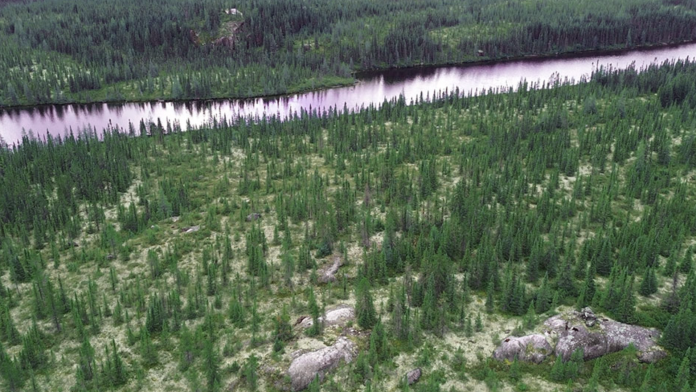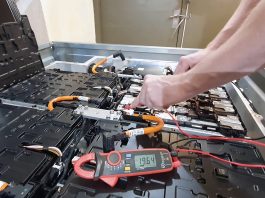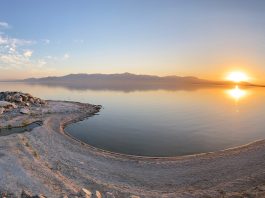Amid soaring global demand, Brunswick Exploration is spearheading exploration for lithium in Canada, aiming to solidify the nation’s pivotal role in the green economy.
As governments worldwide continue to announce lofty targets for decarbonising our society, global markets for metals and minerals deemed critical for the transition to green energy have shifted significantly. Metals once overlooked now find themselves in high demand, with the lightest among them, lithium (Li), taking centre stage.
Over the past two years, the demand for lithium has skyrocketed and is expected to continue growing rapidly. The surge is fuelled by the demand for electric vehicles (EVs), whose lithium-ion batteries require considerable amounts of this critical metal, and here in North America, we have seen significant investments going into both new and existing EV battery plants, positioning lithium as a key part of the modern green economy.
These developments have been met with well-deserved enthusiasm and support – however, a glaring question needs to be answered: Where is all this lithium going to come from?
As demand escalates and current lithium mines progress through their anticipated operational mine life, it becomes increasingly clear that we do not currently have sufficient known lithium resources to meet this demand. The World Economic Forum expects demand to reach over two million tons a year by 2030, and our deposits currently produce only a fraction of the necessary amount. It is therefore crucial for us to find new deposits and to find them as quickly as possible.
Brunswick Exploration (BRW) is based out of Montreal. It is Canada’s largest lithium grassroots exploration company, with one of the most extensive land packages of staked claims spanning the country.
Our approach is to conduct large-scale grassroots exploration aggressively and systematically for hard rock lithium in Canada to find as many deposits as quickly as possible and solidify Canada’s role in supplying the global markets with the resources needed to decarbonise effectively.
What drives us at Brunswick Exploration is not just our expansive exploration ambitions but our notable efficiency and effectiveness in this field. We can prospect vast swaths of land over a relatively short period using state-of-the-art technologies, including portable XRF and LIBS multi-element geochemistry, for rapid target discrimination. These allow us to assess a potential area of interest in minutes and proceed to the next, covering more terrain in a shorter time frame than any other company in Canada.
The year 2023 was transformative for BRW as we commenced multiple drilling programmes across Canada, continuing to conduct aggressive grassroots lithium prospecting in tandem. We completed our grassroots exploration programme and made three significant lithium discoveries. Our 2024 programme will concentrate on drilling these properties to better define their potential.
With hundreds of areas tested, our three major discoveries of the year, Mirage, Elrond, and Anatacau Main, all located in the James Bay region of Quebec, confirmed that our approach is the best one possible for lithium exploration.
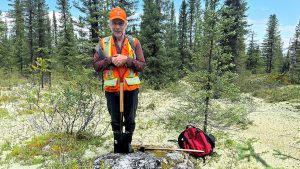
The Mirage project
Now a pillar of Brunswick Exploration’s portfolio, Mirage emerged as a site of major potential when, in the summer of 2023, BRW discovered several high-grade spodumene outcrops over a 2.5km trend, as well as an adjacent three kilometres spodumene boulder train that has different mineralogy than the discovered outcrops.
The property comprises 427 claims with a total surface area of 21,230 hectares (staked and optioned claims), located roughly 40km south of the Trans-Taiga Highway in Quebec’s James Bay region.
In 2023, we completed a 5,090m drilling campaign, and it has yielded significant high-grade lithium results, including bonanza grades of up to 2.57% Li2O over 25.8m (MR-1) and substantial thick intercepts, reaching up to 50.6m at 1.06% (MR-3), all above a 100m vertical depth. As a result of these promising findings, BRW launched an extensive winter drilling campaign in January 2024.
The lithium exploration potential at Mirage extends well beyond the currently known targets. Over 12km of untested strike potential remains, including a new spodumene-bearing outcrop discovered three kilometres northeast of the main lithium bearing-pegmatite dyke swarm. To date, only 60% of the targets have been drill-tested, revealing new blind discoveries of dykes in the drilling process.
The total extent of the known lithium trend at Mirage now spans over nine kilometres and remains open in all directions, highlighting its significant potential for further discoveries and developments.
The Elrond project
The Elrond Project comprises 136 claims with a total surface area of 7,048 hectares, located roughly 12km east of the Billy Diamond Highway in Quebec’s James Bay region. The Elrond Project is part of the Mythril Option agreement with Midland Exploration Inc., whereby BRW can earn a maximum of 85% interest.
In October 2023, another major discovery, the Arwen showing, was made at the Elrond project. This new site, characterised by a spodumene-bearing pegmatite outcrop, spans an area of over 250x100m. The outcrop showcases a particularly higher-grade zone, where the concentration of spodumene reaches up to 30% in an area of 75x15m. It is marked by well-formed spodumene crystals reaching up to 30cm in length.
In 2024, we will launch a smaller drill campaign at Elrond to test the Arwen discovery which remains open in all directions, indicating vast potential for further exploration and development.
The Anatacau Main project
In Autumn 2022, BRW signed an option agreement with Osisko Development Corp. (TSX-V: ODEV) to acquire a 90% interest in the Anatacau property, located in the James Bay-Eeyou Istchee region of Quebec. In the summer of 2023, BRW discovered a significant lithium pegmatite outcrop, measuring at least 100x15m, known as the Anais showing. The outcrop is within a larger cluster of pegmatite dykes, all of which contain high-grade lithium mineralisation.
The Anais showing consists of several parallel pegmatite dykes with visible spodumene mineralisation. The largest dyke found to date is exposed over a 15m wide by 100m long outcrop. The mineralisation varies between 5% and 50% spodumene throughout the pegmatite, with quartz, feldspars, and accessory muscovite. Spodumene crystals are light grey and up to 20cm long. BRW believes the pegmatite dykes are structurally controlled and dip steeply towards the north-west with gentle folding and stacking.
To date, BRW has collected over 19 surface grab samples across the Anais showing, all of which returned high-grade values ranging from 1.2 to 3.8% Li2O. Most of the samples graded above 2% Li2O, among which the highest grades (>3% Li2O) are found within the Main dyke, in massive spodumene-rich bands. BRW is planning a maiden drill programme in 2024 to test the Anais pegmatite as well as a property-wide prospecting and geochemical programme.
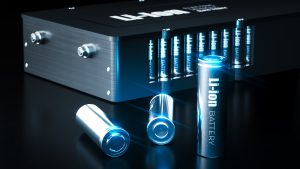
Next steps for the exploration of lithium in Canada
As we move into 2024, our focus will intensify on advancing the drilling of these three promising discoveries while continuing our aggressive approach to the exploration of hard rock lithium in Canada at an unparalleled rate.
The success of Western economies in their efforts to meet their decarbonisation goals depends critically on our ability to substantially boost the lithium supply, particularly here in North America. Clearly, the current known lithium resources are insufficient to meet the demand for battery-grade lithium, and Brunswick Exploration is committed to changing that.
With our innovative approach to exploration, it’s no wonder that BRW has been named to the TSX Venture 50 for a second time in 2024 as one of the Exchange’s top-performing companies.
For more information about Brunswick Exploration, follow us on Instagram, X, LinkedIn, and Facebook, and visit our website to sign up for our mailing list and receive all our latest news and developments.
Please note, this article will also appear in the seventeenth edition of our quarterly publication.

